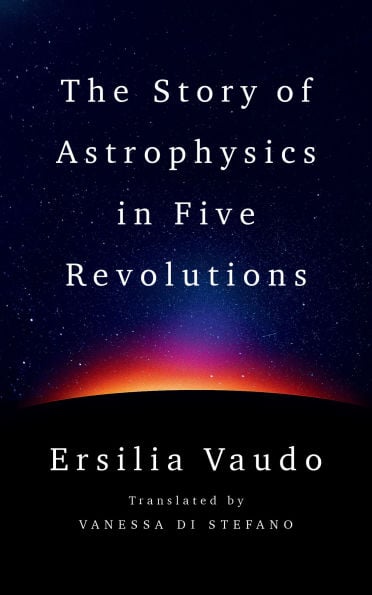The release of Ersilia Vaudo’s book, The Story of Astrophysics in Five Revolutions, offers an engaging perspective on the evolution of astrophysics. This work, which presents a comprehensive overview of humanity’s advancements in the field, serves as an ideal companion for those seeking to rekindle their interest in science during the summer vacation season.
Vaudo, an astrophysicist with the European Space Agency, conveys her passion for the subject through a narrative that combines emotional resonance with scientific insight. The book is structured into five distinct revolutions, charting the progression from early observations to contemporary theories. Each chapter reflects significant milestones in the understanding of the universe, guiding readers from Galileo to modern advancements like CERN and ESA’s Euclid.
Exploration of Scientific Concepts
The narrative begins with the foundational concept of gravity, originally perceived as a force traveling through an ether. As the chapters unfold, readers encounter pivotal developments in the realm of astrophysics, including special relativity and the complexities of string theory. Vaudo’s writing highlights the transition from observation to imaginative thinking, ultimately culminating in mathematical formulations that define modern astrophysics.
Throughout the book, Vaudo emphasizes the emotional connection individuals often have with the cosmos. She invites readers to ponder profound questions, such as the fate of galaxies in an ever-expanding universe, evoking a sense of wonder and curiosity. This approach makes the book accessible to a broad audience, devoid of intricate equations yet rich in conceptual clarity.
A European Perspective
While the book is grounded in the historical context of European scientific development, it acknowledges the contributions of a diverse array of researchers. Vaudo includes names and references to significant works, providing a valuable resource for readers interested in further exploration. The focus on European achievements is understandable, as Europe has historically been pivotal in shaping the scientific landscape of the Western world.
Key elements such as CUORE, an experiment aimed at understanding neutrinos, and advancements in telescope technology are woven into the narrative. These contemporary examples enhance the relevance of the book for readers keen on current scientific endeavors. Overall, Vaudo’s work strikes a balance between engaging prose and informative content, making it a suitable summer read.
Readers will appreciate the book’s lightness, allowing them to easily engage with the material during their leisure moments. The narrative flows seamlessly, making it simple to pick up and put down, accommodating the interruptions of a vacation lifestyle. Additionally, the original text was written in Italian, and the translator deserves commendation for ensuring that the essence and joy of Vaudo’s writing shine through.
Ultimately, The Story of Astrophysics in Five Revolutions serves not just as a recounting of scientific milestones but as an invitation to reflect on humanity’s place within the universe. Vaudo’s exploration encourages readers to consider the vastness of existence, offering a thoughtful perspective that resonates beyond the pages of the book. Whether on vacation or simply enjoying a quiet moment, this work provides a refreshing escape into the wonders of astrophysics.
